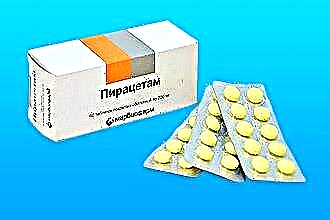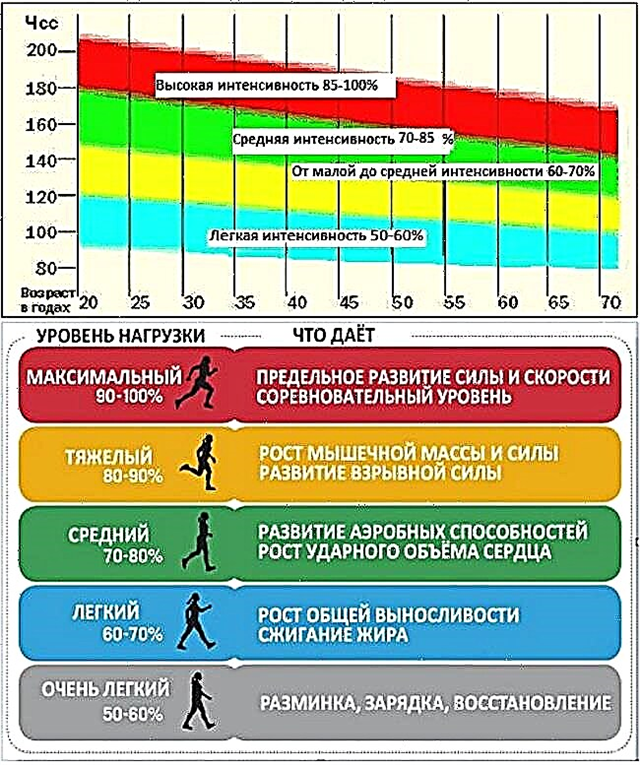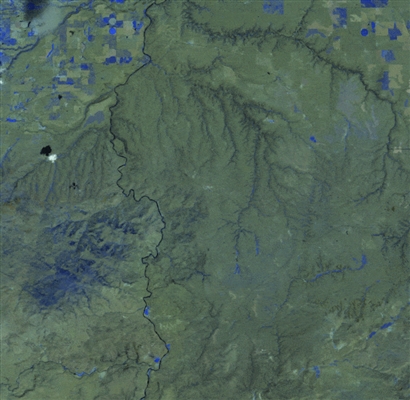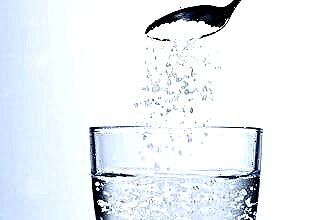What are the characteristic features and what are the symptoms?
 There are two main forms of VSD. The first is described as a hypertensive type of dysfunction, and it is characterized by excessive activity of the sympathetic division of the ANS. As a consequence, one of the most striking signs of it will be high blood pressure (BP)... The second is called hypotonic, and in this case, the tone of the parasympathetic part of the autonomic nervous system predominates, which corresponds to low blood pressure.
There are two main forms of VSD. The first is described as a hypertensive type of dysfunction, and it is characterized by excessive activity of the sympathetic division of the ANS. As a consequence, one of the most striking signs of it will be high blood pressure (BP)... The second is called hypotonic, and in this case, the tone of the parasympathetic part of the autonomic nervous system predominates, which corresponds to low blood pressure.
However, a mixed form is often found, in which the activity of both departments is disrupted, without the predominance of each of them. This option is characterized by a combination of symptoms of the above two varieties.
The reasons for the development of pathology
There is still no clear agreement among physicians about the causes of mixed VSD. Commonly talked about the risk factors that lead to autonomic dysfunction:
- genetic predisposition;
- gender (more common in women);
- significant physical and psycho-emotional stress;
 other neurological pathologies;
other neurological pathologies;- bad ecology
- endocrine disorders;
- improper nutrition
- bad habits.
Often neurocirculatory dystonia occurs against a background of hormonal imbalance: periods of adolescence, pregnancy, menopause.
As a result of the action of provoking factors, a violation of the relationship between the brain and the subcortical vegetative centers (primarily the hypothalamus) occurs, however, the exact mechanism of the development of this pathology is unknown.
Clinical picture of mixed VSD
The symptoms of this disease are very vague and very different in patients. Dystonia often resembles other pathologies, which greatly complicates the correct diagnosis. There are several main syndromes:
- Cardio-vascular - characterized by disorders of the cardiovascular system, which is manifested by the following signs:
- pain in the region of the heart of a different nature (stitching, dull, etc.);
- changes in pressure - both an increase and a decrease are characteristic, meteosensitivity very often occurs (i.e., fluctuations in blood pressure associated with the weather);
- sometimes arrhythmias occur - acceleration or deceleration of the pulse, additional contractions (extrasystoles), which is manifested by a sensation of an irregular heartbeat.
- Cerebrovascular - occurs as a result of impaired cerebral circulation, manifested by the following symptoms:
- cephalalgia (headache)
- decreased productivity;
- dizziness, fainting;
- noise in ears.
- Dyspeptic syndrome - associated with disruption of the gastrointestinal tract:
- pain in the abdomen of a different nature, usually not associated with eating;
- diarrhea or constipation;
- flatulence;
- nausea, vomiting, hiccups.
 Bronchopulmonary syndrome usually resembles an asthma attack:
Bronchopulmonary syndrome usually resembles an asthma attack:- feeling of difficulty breathing, shortness of breath;
- feeling of tightness in the chest;
- cough.
- Common symptoms:
- constantly elevated (subfebrile) or low temperature;
- sometimes hot flashes may occur or, conversely, chills;
- hyperhidrosis (excessive sweating);
- weakness, drowsiness.
- Finally, mental disorders can occur:
- anxiety, fear, panic attacks;
- irritability, tearfulness;
- hypochondria;
- depression
All these symptoms can appear in a patient in various combinations and with varying degrees of severity.
A feature of the course of VSD is vegetative crises, which, with a mixed type, are both sympathoadrenal and vagotonic.
| Hypertensive (sympathoadrenal) crisis | Hypotonic (vagotonic) crisis |
|---|---|
| Severe cephalgic syndrome | Shortness of breath, difficulty breathing |
| Paresthesias (creeping sensations) | Dizziness, fainting |
| High blood pressure (> 140 mm Hg) | Low blood pressure (<100/60 mmHg) |
| Pallor | Hyperhidrosis |
| Cardialgia | Nausea, vomiting |
| Tachycardia (> 100 bpm) | Bradycardia (<60 beats / min.) |
| Mydriasis (dilated pupils) | Miosis (constriction of the pupils) |
| Vasospasm of peripheral vessels (manifested by cyanosis, numbness of the extremities) | orthostatic collapse (pathological vasodilation) |
Despite the fact that VSD refers to functional disorders, long-term course of the disease in the absence or inadequacy of treatment can lead to organic disorders, such as ischemic heart disease, arterial hypertension or gastritis. Therefore, if you find such symptoms in yourself, you should consult a doctor as soon as possible.
Treatment of angioedema
Treatment of mixed neurocirculatory dystonia requires a wide range of measures. Pharmaceuticals, physiotherapy, psychological remedies, exercise therapy and lifestyle changes are used.
What medications can be taken and in what cases?
Drug therapy is used for the symptomatic treatment of manifestations of vascular dystonia. At the moment, there are no drugs that could act on the causes of the disease, especially since they are not fully understood. The following remedies are usually shown:
- general tonic agents (phytopreparations of ginseng, eleutherococcus, magnolia vine) - are necessary to improve the body's resistance, stimulate immunity and metabolism, increase blood pressure;
 sedatives (sedatives (valerian tincture, Corvalol);
sedatives (sedatives (valerian tincture, Corvalol);- nootropics and neuroprotectors (Piracetam, Glycine, Actovegin) - improve the blood supply to the brain, increase productivity, concentration;
- antidepressants (Tryptophan, Amitriptyline, Fluoxetine) - used when depression, apathy, asthenic syndrome appear;
- tranquilizers (Sibazon, Grandaxim, Buspirone, Noofen) - are used to relieve anxiety, irritability, stop panic attacks;
- antihypertensive preaprates (beta-blockers, angiotensin receptor inhibitors, ACE inhibitors, diuretics, combined agents) - are necessary to lower blood pressure;
- antihypertensive drugs: for this purpose, caffeine or tonic medicines (ginseng, eleutherococcus) are usually used;
- multivitamin complexes (Vitrum, Revit) - are necessary to normalize metabolic processes, increase immunity and body resistance.
Is it possible to quickly and permanently get rid of manifestations?
Angiodystonic disease, despite its prevalence, is rather poorly understood, the specific mechanisms of its development are unknown, and treatment usually only improves the patient's condition, relieving individual symptoms and reducing the frequency of attacks.
Therefore, there will be no quick disposal of NDCs. This is a chronic disease, and, consequently, its treatment takes a long time. Moreover, the restoration should be systematic, i.e. pass without interruption.
It is also important to understand that the symptoms of pathology will not disappear anywhere if provoking factors do not cease to act on a person. This means that lifestyle changes and stress prevention are essential to recovery.
When these conditions are met, the prognosis is usually favorable and the disease goes into remission. Often it disappears on its own, for example, after the normalization of the hormonal background. However, under the influence of provoking factors, the disease can manifest itself again.
Conclusions
Vegetovascular dystonia of the mixed type combines signs of dysfunction of both parts of the autonomic nervous system, which significantly complicates its course and complicates diagnosis. The disease is characterized by alternating manifestations of sympathetic and parasympathetic influences.
For the treatment of VSD in a mixed type, medications, exercise therapy and psychotherapy are used. The success of the fight against pathology depends on the systematic and long-term use of drugs and lifestyle modifications.

 other neurological pathologies;
other neurological pathologies; Bronchopulmonary syndrome usually resembles an asthma attack:
Bronchopulmonary syndrome usually resembles an asthma attack: sedatives (sedatives (valerian tincture, Corvalol);
sedatives (sedatives (valerian tincture, Corvalol);

